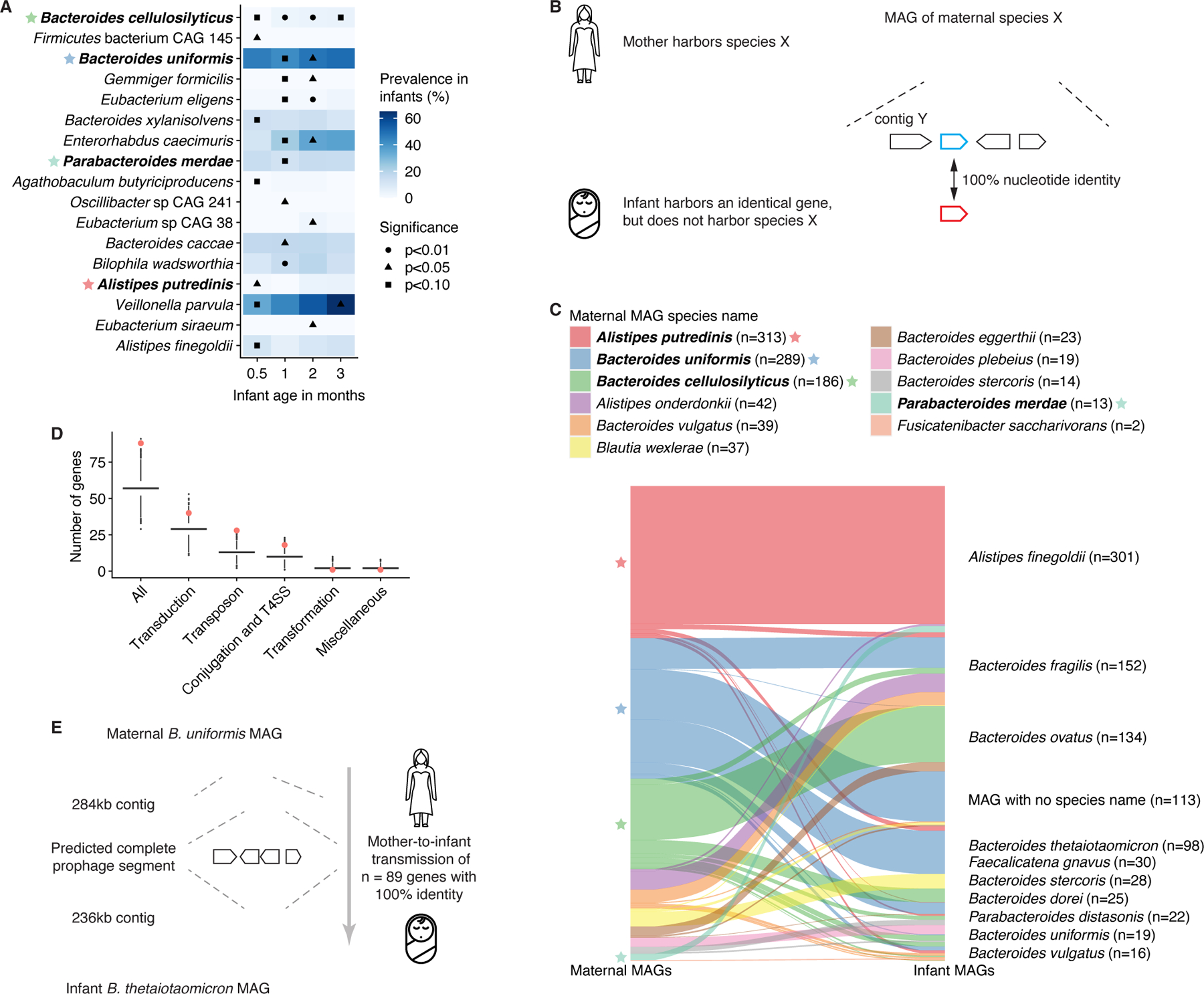Figure 3. Mother-to-infant interspecies gene transmission.

A) Association of prevalent (>50%) maternal species with species-level taxonomic composition (Bray-Curtis dissimilarity) of the gut microbiota in infants aged up to 3 months, based on cross-sectional PERMANOVA analyses. Analyses were corrected for infant sex, delivery mode, breastfeeding, formula use/type, and prior antibiotics; these factors were ordered by relative significance (log10-transformed p-values from individual PERMANOVA analyses) for each time point. Maternal species either significantly (p<0.05) associated with infant species-level taxonomy for ≥1 time points, or explaining >3% of variation, with p-value <0.10 are shown. Color represents species prevalence in infants. Stars indicate species common with (C). B) Schematic illustration of the mother-to-infant interspecies gene transmission hypothesis. C) Graph showing gene flow from maternal (left) to infant (right) species of the 977 gene transmission events identified. Stars indicate species common with (A). D) Numbers of HGT-related genes in 10,000 randomly drawn samples of 977 genes from the assembled gene catalog. Numbers of HGT-related genes among the 977 shared genes identified are highlighted in red. Midlines represent the median, boxes the interquartile range (25th to 75th percentile), and whiskers the range of data. E) Schematic of a transmitted prophage gene segment of n=299 (n=89 identical) genes between maternal B. uniformis and infant B. thetaiotaomicron. See also Figure S3; Tables S3-4.
